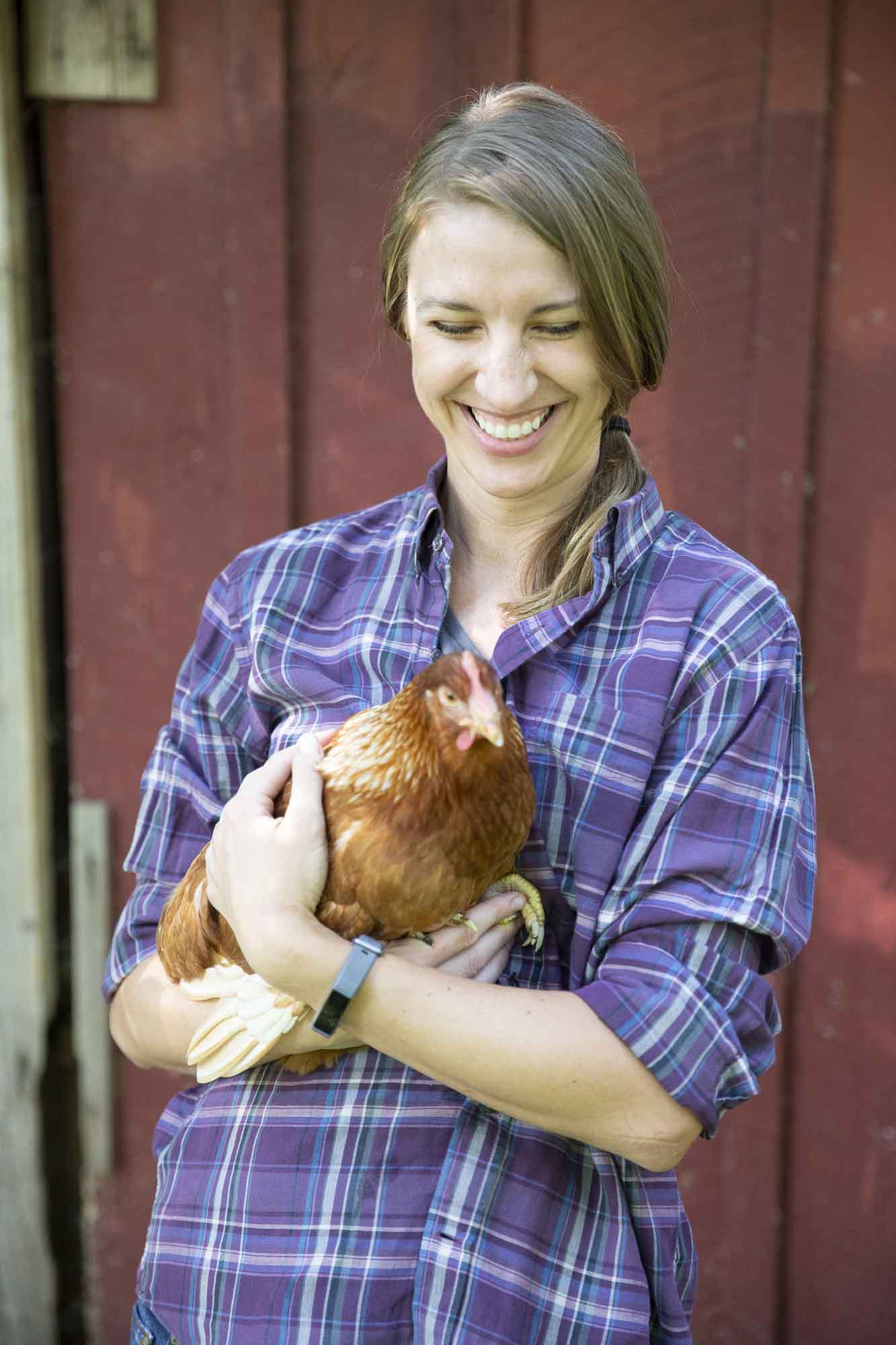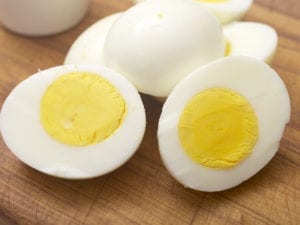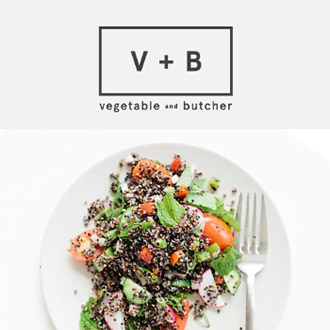Eggs 101: a guide to nature’s most versatile food
first or not, the egg has it all
What other food could be crispy or creamy, sweet or savory, entree feature or humble ingredient, light and fluffy or dense and heavy? I can’t think of a single one, so I’m staking my claim right now: eggs are the most versatile food out there.
They’re also one of the best-balanced, most naturally nutrient-rich foods. The balance of amino acid balance in an egg is the closest to what humans need, making it the gold standard for biological value of protein in a food. Despite reversing recommendations to discard the yolk, I still hear that people do this to reduce cholesterol – the latest research now shows that that’s a mistake! The cholesterol you eat is unlikely to have a big impact on the levels in your blood, and all of the vitamins, minerals, and yes, about half the protein an egg contains is found in the yolk. And contrary to popular belief, egg color has nothing to do with nutrition – the brown ones aren’t better! The best eggs come from chickens raised on pasture, and increasingly I’m recommending those that contain more omega-3’s from enriched feed. Chickens are not vegetarians, and while they’ll happy chow down on grain and seeds, they love a good worm, grub, bug or caterpillar, which is why being outside to peck and scratch is crucial. They also love veggies, from leafy greens to tomatoes, squash, and eggplant – at the farm, we feed them lots of food that’s past it’s prime!
So, back to the versatility – there are so many ways to eat an egg that you can almost certainly find one you like. There are also a lot of ways to screw it up…no one wants a chalky grey yolk in an overcooked hard boiled egg, or rubbery scrambled eggs, or heaven forbid a fallen souffle. The list below contains links to the best ways cook eggs with the basic tips, hacks, and the reasons they work, followed by some of my favorite recipes. Happy cracking!
Hard boiled: the secret is to steam them! Shocking them into the heat and then out into a cold water bath means that shells won’t stick when you crack them.

The perfect omelet: pushing eggs into the center as they cook makes the result thicker and fluffier; the right sized pan is crucial!
Scrambled: this method is the one Gordon Ramsey uses and teaches, and results in a velvety, soft texture. One trick he employs is to add a dollop of sour cream or greek yogurt at the end to ensure they don’t overcook and stay creamy!

Over easy: flip like a pro with this video tutorial…a non-stick pan is essential, and make sure heat isn’t too high initially!












